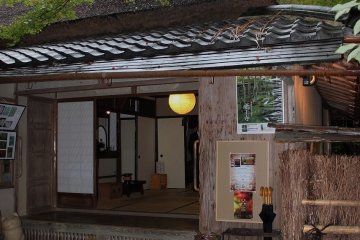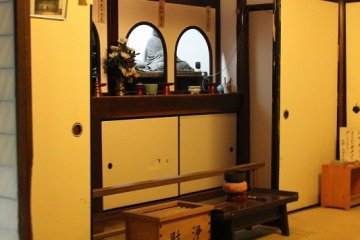To the East is Toribeno, to the West is Adashino. These two areas of Kyoto are known as the burying grounds of people that have died from war, natural disaster, or disease. When the famous priest Kuya Shoin visited this spirtual place, he quoted the "Hymn to Jizo":
Not of this world is the story of sorrow. The story of the Sai-no-Kawara, At the roots of the Mountain of Shide;— Not of this world is the tale; yet,it is most pitiful to hear. For together in the Sai-no-Kawara are assembled Children of tender age in multitude,— Infants but two or three years old, Infants of four or five, infants of less than ten: In the Sai-no-Kawara are they gathered together. And the voice of their longing for their parents, The voice of their crying for their mothers and their fathers--Chichi koishi! (Hearn, 1894)
The Sai-no-Kawara mentioned references the river some Buddhists believe children that passed away during childbirth or early in life must pass to reach peace in the afterlife.
The "adashi" in Adashino means "short-lived and futile". Since ancient times, corpses have been left here to be exposed to the elements then mourned as a final farewell.















